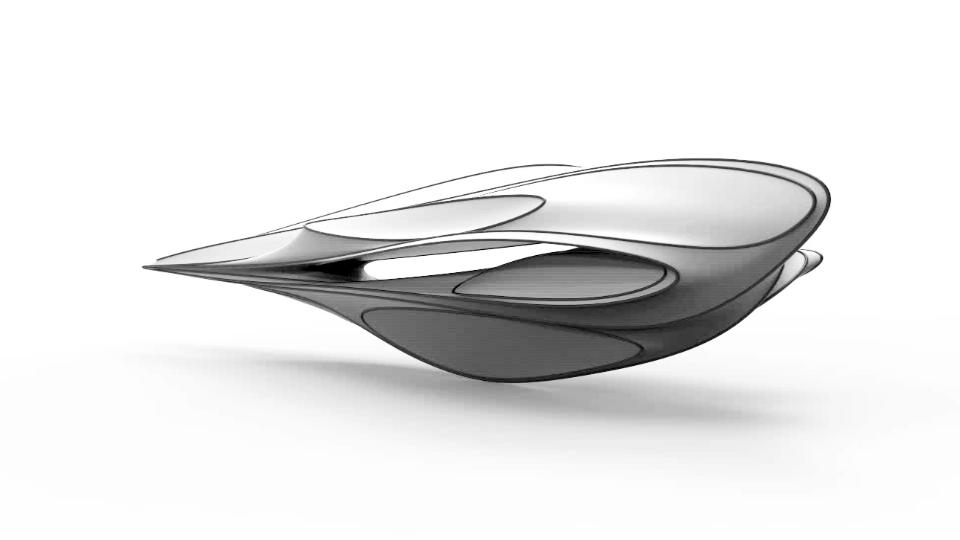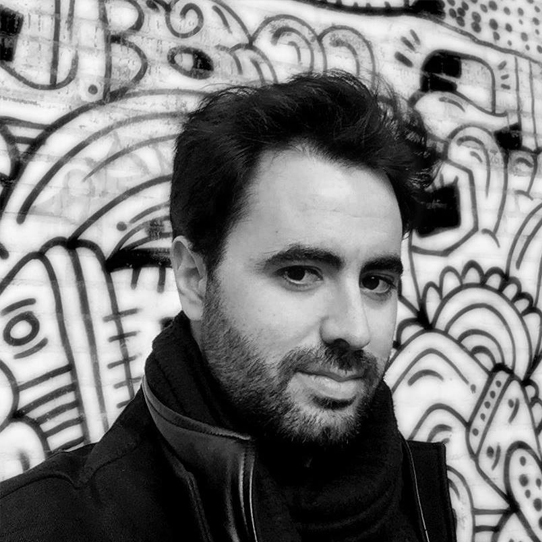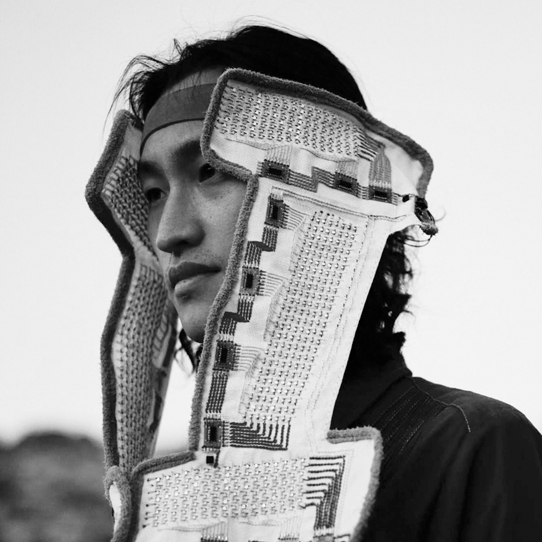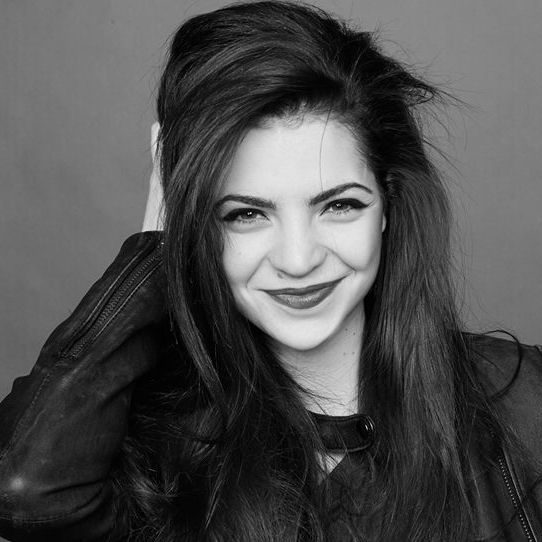S3-The Woven Memory
Instructor: Manuel Jiménez García (SPN/UK) +Wei-Chieh Shih (TW)

AGENDA
How do we implement our history in space? Drawings and sketches documenting history on housings and cave walls are frequently seen in many different ancient cultures. In Taiwanese culture, it is believed that the temple is a co-living space for the spirit of ancestors and people; in Taiwanese aboriginal culture, weaving and oral storytelling are the only ways to pass their culture to their next generation. How do we implement our traditions related to those “invisible spirits” in our scene heavily influenced by technology today? How does that affect our sense of time, our actual or virtual identity?
This piece will be configured as a large scale light structure; an inhabitable space made from digitally manipulated natural materials, in which singular elements bundle together to create a structural ecology. The linear pieces will coexist with flexible membranes, which will be laser printed with three dimensional patterns, abstracting data collected from its surroundings. Their engraving is our co-existence documented through time and space, it’s a medium through which we leave the mark of past for those in the future.
The visitorscan slowly immerse themselves into the “laser printed pattern” generated by their own whispers. Thus, time becomes tangible, and space becomes flexible. The structure interweaves individuality and collectivity, becoming a memory collector of a common history, which is preserved into the threads of its skin.
SITE

Image credit: internet
The Structure will be configured as an entrance piece to the complex.
STUDIO CHALLENGE
This project will introduce new ways of computing flexible materials, creating a bending active structure utilising a local natural material: bamboo. Industrial robots will be used to bend linear bamboo elements, as well as connect those elements together into a stable structure. This process will be driven by a custom made module designed by Keiichi Suzuki, who focuses on physical simulation of active bending structures; together with the Grasshopper plugin “Robots” developed by Vicente Soler (https://github.com/visose/Robots/wiki). This is a research without precedents, in collaboration with The Bartlett School of Architecture UCL.
The laser printing process will challenge the notion of data translation through time. The pavilion will be composed of several smaller spaces, their walls are pre-coated with photosensitive ink and will be gradually exposed under the UV laser scanning influenced by visitor’s whispers. This sound will be gathered and played back to the environment to form a constant glitch looping. This process has not yet been applied to a three dimensional space, the projects aim is to become a translator of art into three dimensional space and vice versa.
WORKFLOW
The pavilion will be built in small pieces: approximately 90x50x30cm. Most of those pieces will be manufactured in London, and will be shipped to Taipei prior to the event for installation. The pieces will embed the same information as the overall structure, they will integrate 3 to 7 flexible linear elements, which bundle together to create a light framework to house the ink impregnated fabric. A 3d scanning process will take place for each one of the fabric pieces, generating patterns accordingly. These patterns will be projected to the surface of the fabric pieces, making use of laser dye techniques. This process will take place in Taipei, under the supervision of Wei Chieh Shih. After these fabrics are washed and dried, the pieces will be delivered on site, where they will be assembled into a larger structure, with the participation of both workshop leaders and students. The structure could be disassembled into pieces for its shipment to other venues.
For reference of previous installations:
https://www.behance.net/gallery/30031697/OFFSHORE-BEZIER
https://www.behance.net/gallery/21549323/TRANS-COMPUTATIONAL-PAVILION-20-AAVS-MADRID-2014
https://www.behance.net/gallery/33526117/Clerkenwell-Design-Week-2015
WORKSHOP
A. Laser Dye Project
refer to the art and multimedia workshop page
B. Soft Modelling Workshop
refer to the computational workshop page
C. Fabrication and Assembly workshop
Students will participate in both the assembly process of the structure, and setting up the laser projection system. The pavilion will be built in small pieces: approximately 90x50x30cm. Most of those pieces will be manufactured in London, and will be shipped to Taipei prior to the event for installation. The pieces will embed the same information as the overall structure, they will integrate 3 to 7 flexible linear elements, which bundle together to create a light framework to house the ink impregnated fabric. The students will help in the assembly of those pieces, as well as contributing to the design and manufacturing of the overall framework, and the base walls for the laser projection. Regarding the laser projection system, the students will contribute to its calibration and installation, in addition they will help in the wiring process from the sound card end to the laser projectors, they will also need to set up the connection between microphone connection to sound card, adjusting signal receiving/sending in max patch.
- What fabrication / material / multi-media / performative system students will be exploring?
Structure: Digital workflow for robotic bending of bamboo, Design and fabrication offlexible membranes, Physical simulation of flexible material.
Laser Projection: receiving/sending signals between max patch and laser projectors, and controlling 4-8 laser projectors in realtime according the real-time data.
- How students will be participating in this process?
Structure: students will help in the assembly of the pieces for the pavilion, as well as contribute to the design and manufacturing of the overall framework, and the base walls for the laser projection. They will immerse theirselves in the world of flexible structures at an architectural scale, learning how to simulate those materials and to digitally manipulate them. Softmodelling will be used as the main framework for the design of the pieces. Students will learn the application and, at the same time, understand the basics for developing similar open source softwares.
Laser Projection: students will spend their effort to help the wiring and data checking, and we will spend lots of time for debugging and to solve the random problems from the hardwares and electrical interferences, they will also need to help the fabric assembling including photosensitive ink coating, and we might have several failures so we might need to change the fabric quickly.
- Fabrication challenge?
Structure: Students will get a real understanding of the implications of their design when digital fabrication takes place, observing the differences between the simulations and the real product, introducing a feedback loop between learning in a physical and a digital environment.
Laser Projection: patch debugging, weathers, hardware debugging, and to deal with long cables, the problem mostly will happen on the microphone signal receiving due to the electrical interferences.



